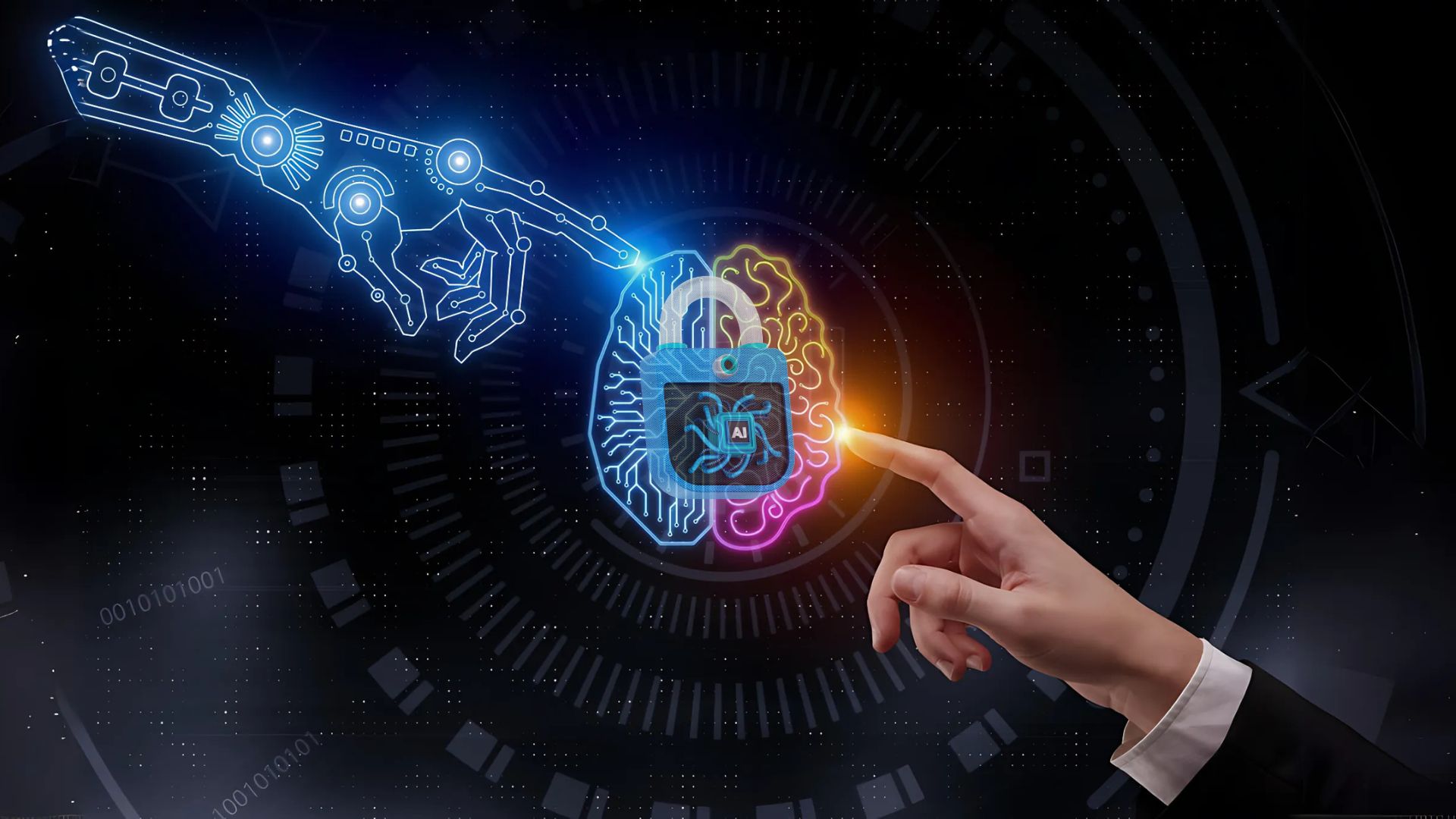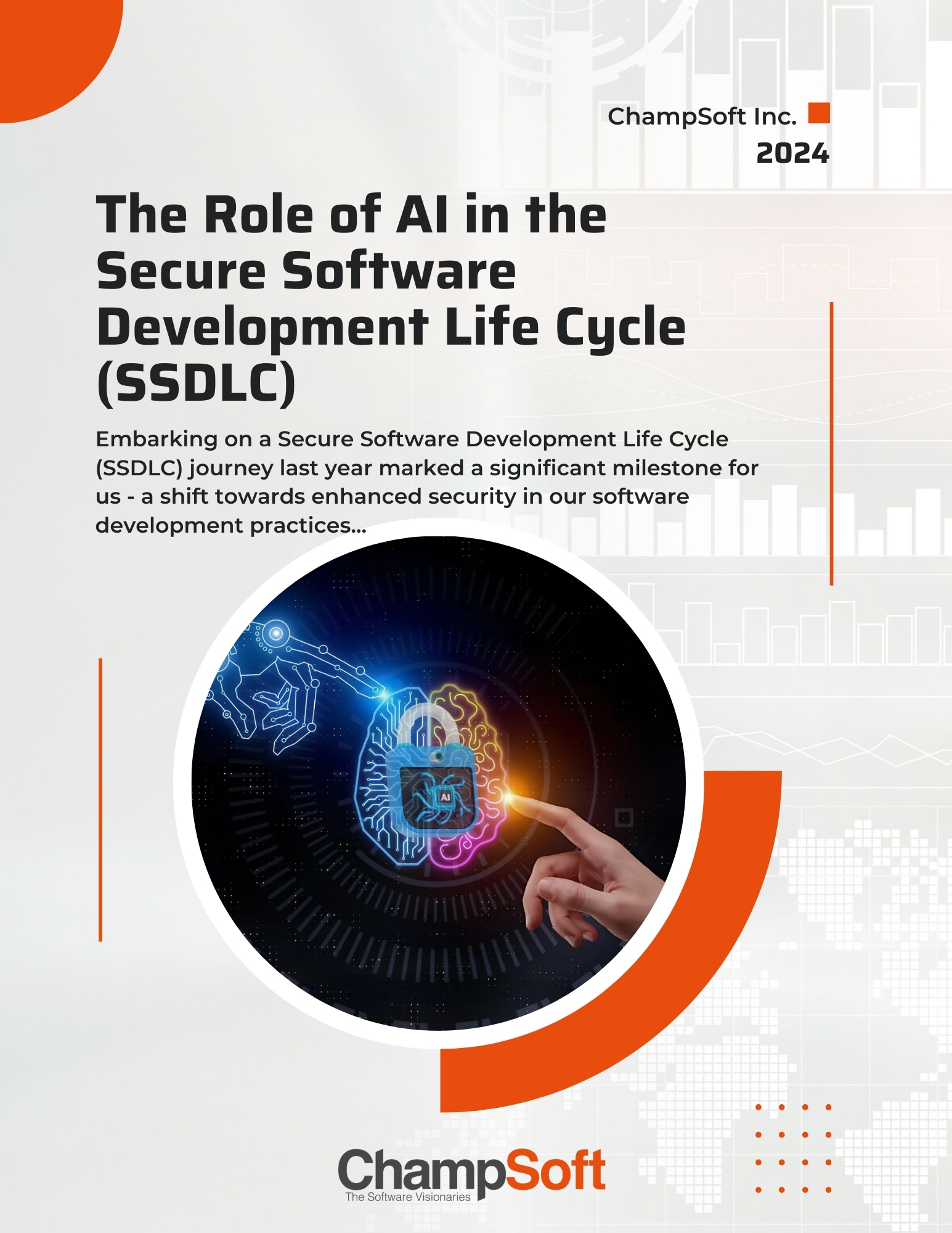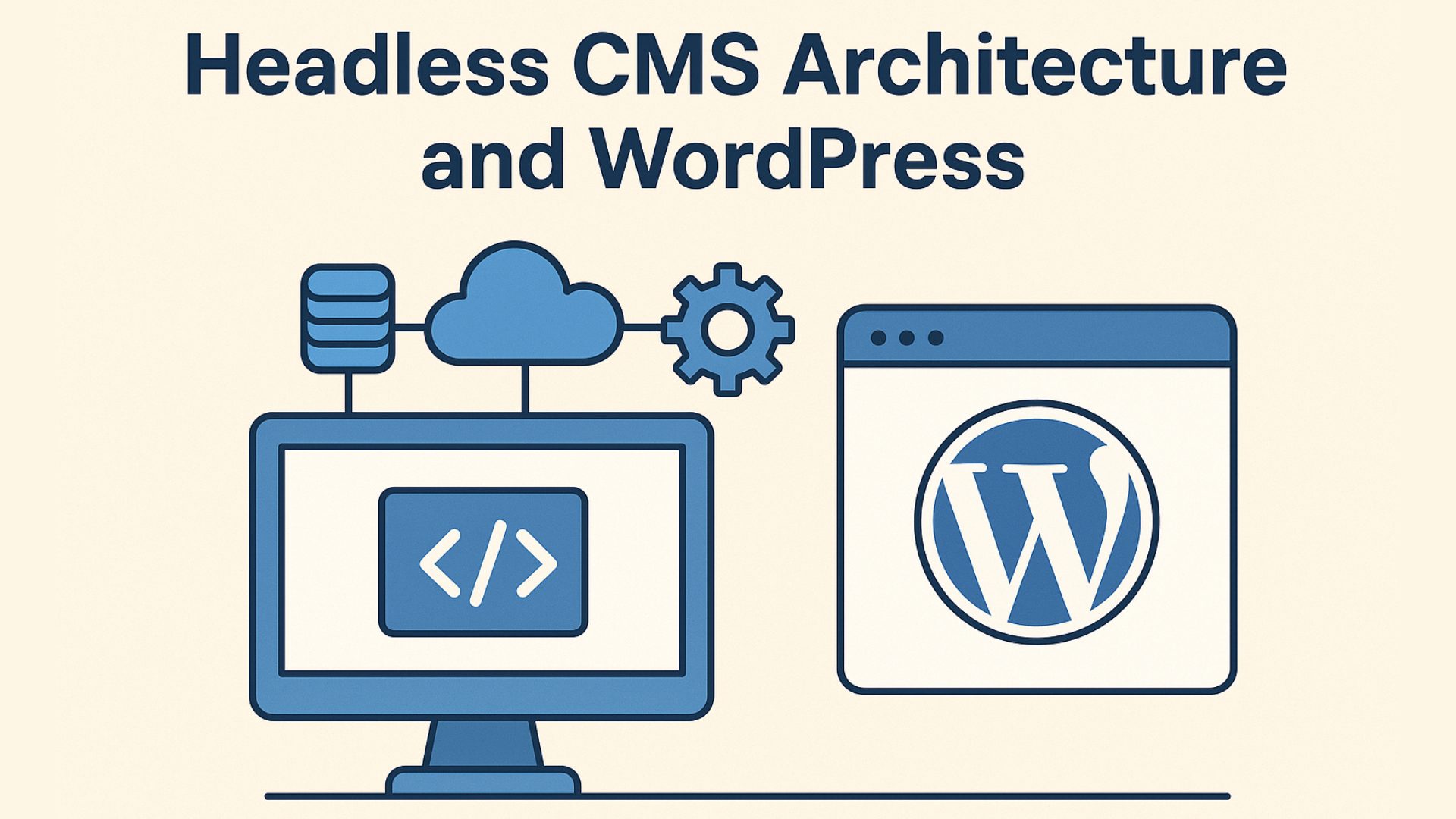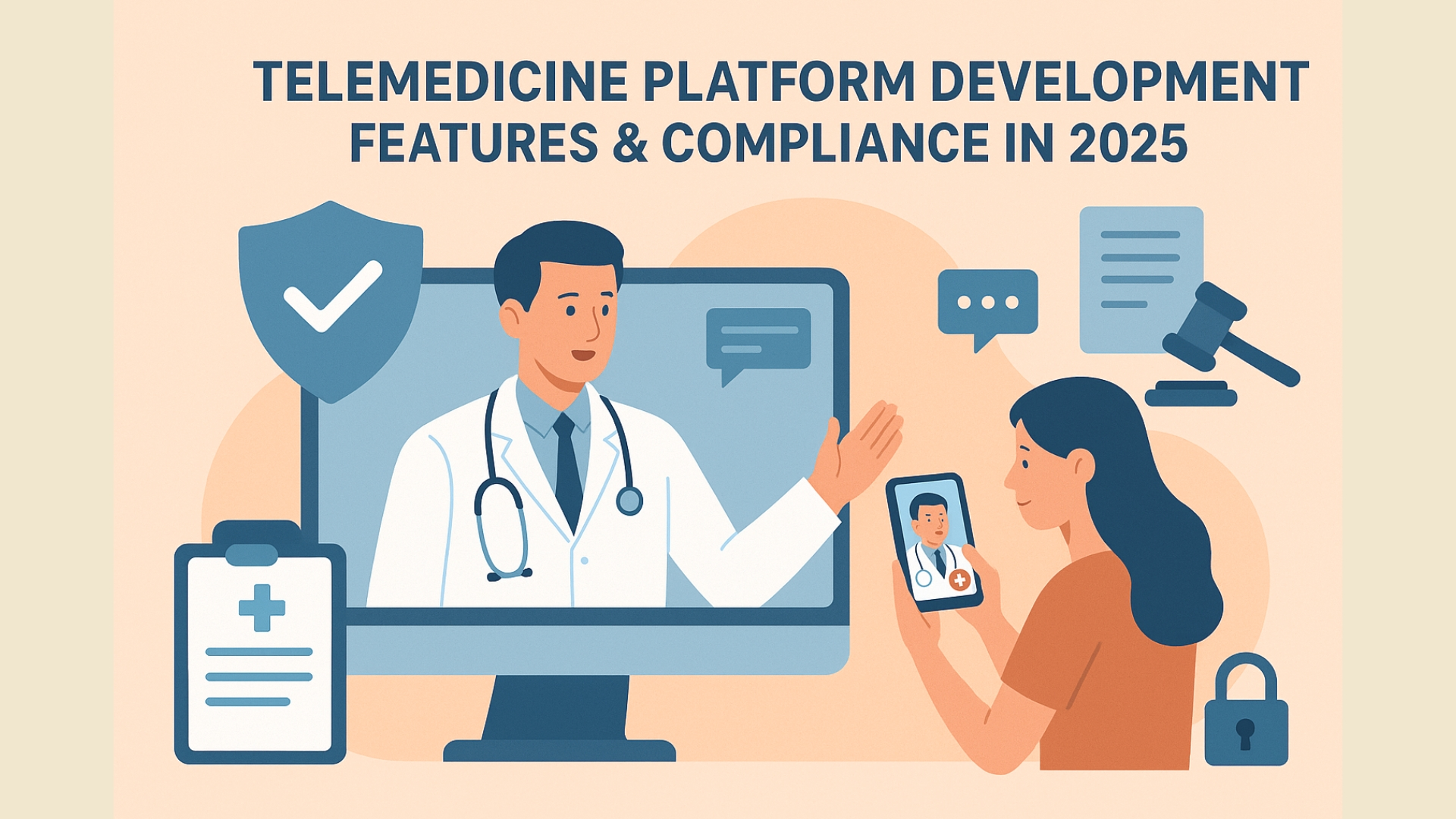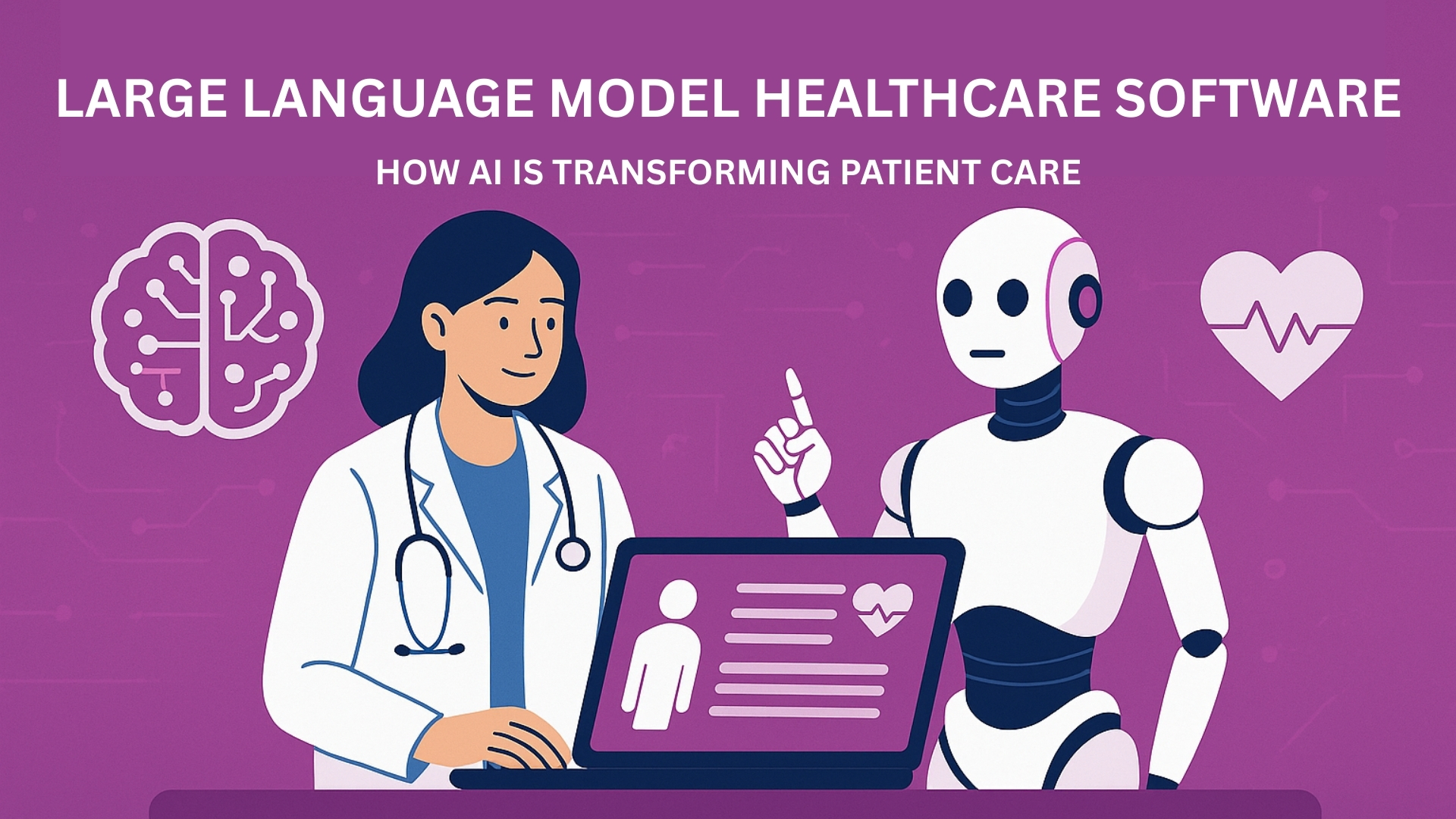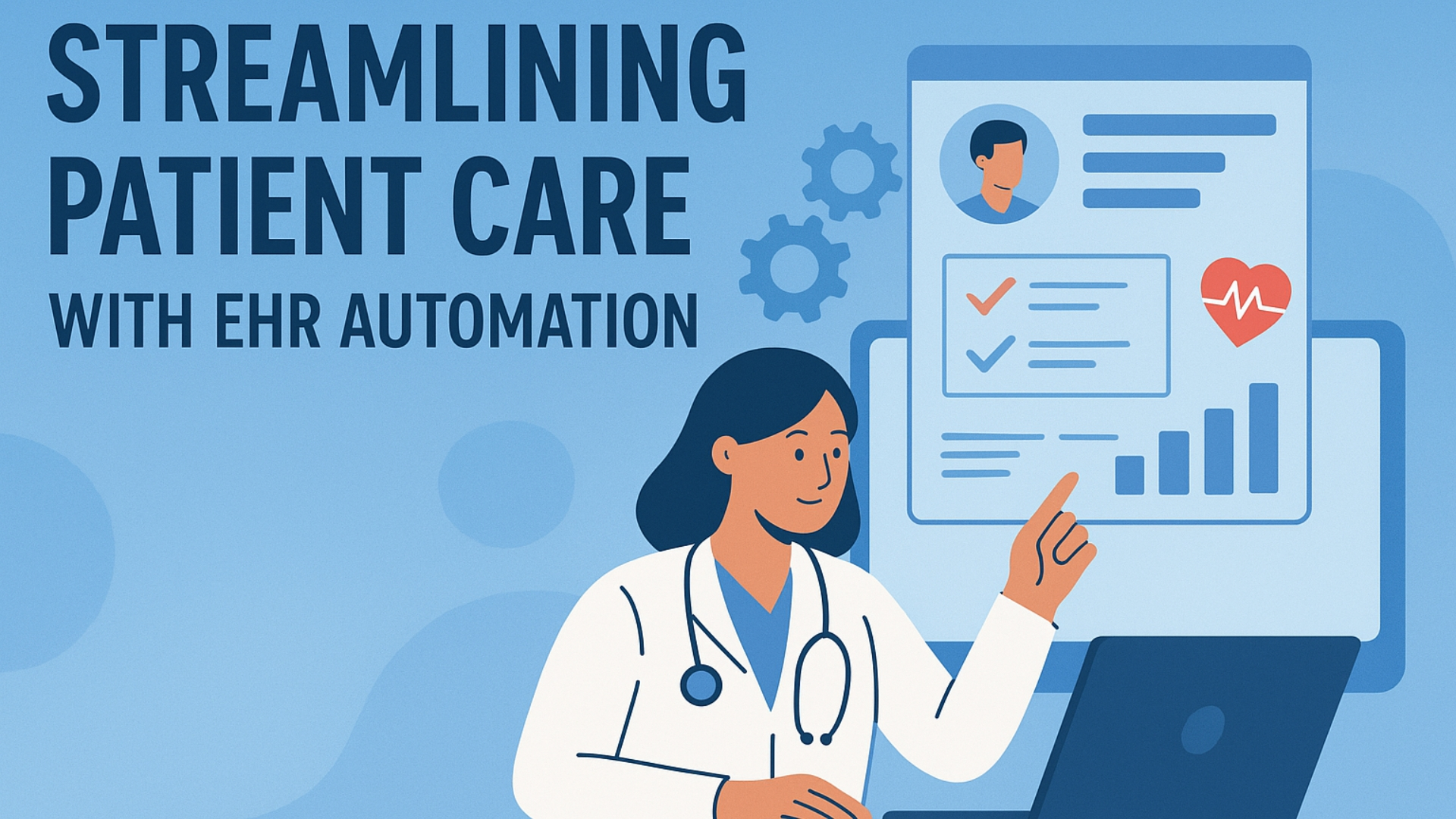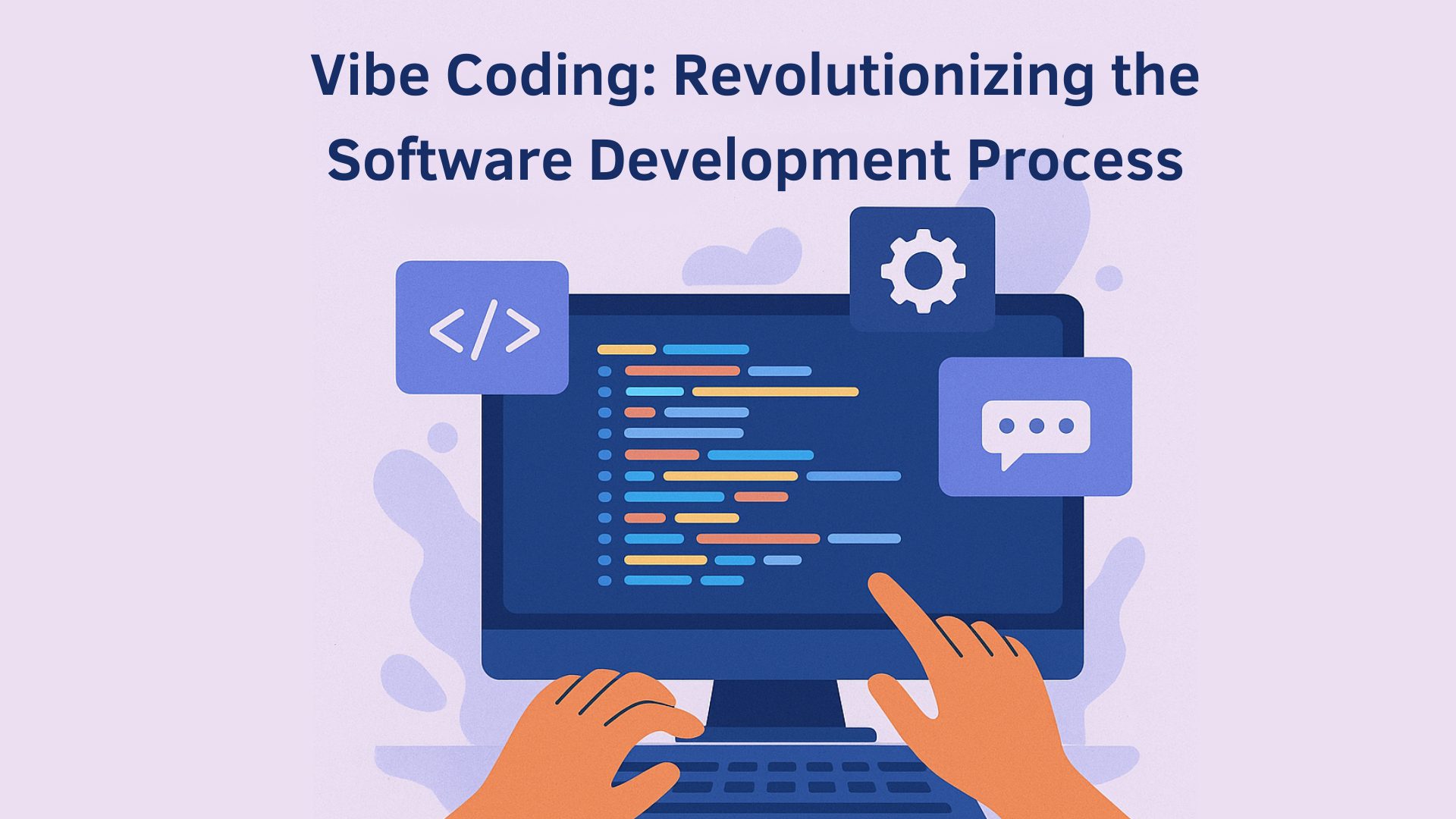Integrating security into the software development process is no longer optional—it is a necessity. Our journey with the Secure Software Development Life Cycle (SSDLC) began last year as we aimed not just to meet SOC2 compliance but to embed security requirements into every stage of development. The result has been a fundamental shift in how we design, build, test, and maintain software products.
The use of artificial intelligence (AI) has been a significant turning point. By leveraging AI-powered tools, we have streamlined the coding process, strengthened our deployment strategy, and improved overall software quality. This article explains how AI in SSDLC enhances each phase of the software lifecycle, ensuring that security is built in—not added on.
What Is the Software Development Life Cycle (SDLC)?
A organized approach to software development, the Software Development Life Cycle (SDLC) outlines the planning, development, testing, and deployment of software. It offers a scalable platform for successfully and efficiently creating software applications.
Key Phases of SDLC
- Planning – Defines scope, objectives, resources, and risks.
- Requirement Analysis – Captures functional and non-functional needs in an SRS (Software Requirement Specification).
- Software Design – Builds the software architecture, user interfaces, and data models.
- Implementation – Developers follow best practices in programming languages to write and compile code.
- Testing Phase – Includes functional, regression, performance, and security testing.
- Deployment Strategy – Moves the product into production for real-world use.
- Maintenance – Ensures long-term stability and software development process improvement.
Following SDLC improves software quality, manages costs, and increases customer satisfaction by ensuring reliability and performance.
What Is SSDLC and Why Is It Necessary?
The Secure Software Development Life Cycle (SSDLC) extends traditional SDLC by embedding security requirements into every phase. Instead of treating security as an afterthought, SSDLC ensures that software is secure by design.
Why Organizations Need SSDLC
- Early risk detection – Reduces vulnerabilities before deployment.
- Compliance assurance – Aligns with regulations such as SOC2, GDPR, HIPAA, and PCI DSS.
- Improved software quality – Enforces secure coding standards and reduces defects.
- Financial protection – Prevents costly breaches, downtime, and legal penalties.
- Customer trust – Secure software products enhance reputation and competitiveness.
By applying SSDLC, businesses strengthen both their enterprise software development process and embedded software development process, ensuring resilience against evolving cyber threats.
How Security Fits Into Each Phase of SSDLC
Security transforms a unified software development process into SSDLC when applied consistently across all phases:
Security in Planning
- Define compliance goals and security objectives.
- Allocate budget and resources for secure implementation.
Security in Requirements Analysis
- Gather security requirements along with functional needs.
- Conduct initial threat modeling.
Security in Software Design
- Integrate secure software architecture principles.
- Apply design strategies like least privilege and defense in depth.
Security in Development (Implementation)
- Enforce secure coding practices across programming languages.
- Use static code analysis tools for vulnerability detection.
- Perform peer code reviews with a security-first approach.
Security in the Testing Phase
- Conduct dynamic application testing (DAST).
- Perform penetration and regression security testing.
- Validate resilience with performance and usability testing.
Security in Deployment Strategy
- Use security checklists for release.
- Apply vulnerability assessments before production launch.
Security in Maintenance and Monitoring
- Patch vulnerabilities with regular updates.
- Implement real-time monitoring and incident response plans.
Best Practices for Implementing SSDLC
To ensure success, organizations should adopt:
- Security training – Build awareness among developers, testers, and stakeholders.
- AI-powered tools – Automate testing, threat detection, and code reviews.
- DevSecOps practices – Integrate security into CI/CD pipelines.
- Regular audits – Conduct assessments both internally and outside.
- Policy management – Stay up to date with changing regulations.
How AI Transforms the Secure Software Development Life Cycle
AI revolutionizes the custom software development process by bringing automation, predictive insights, and proactive threat detection into SSDLC.
AI in Requirements Gathering
- Analyzes large data sets to define security requirements.
- Helps establish a “security-first” mindset from project start.
AI in Software Design
- Evaluates software architecture for vulnerabilities.
- Recommends design improvements for secure user interfaces.
AI in Development Phase
- Assists in writing secure, efficient code.
- Provides real-time static code analysis and optimization.
AI in the Testing Phase
- Automates functional, performance, and security testing.
- Simulates attack scenarios with high accuracy.
AI in Deployment Strategy
- Monitors systems during release.
- Detects anomalies and mitigates risks in cloud or containerized environments.
AI in Maintenance and Monitoring
- Enables continuous surveillance of software applications.
- Reduces time between detection and incident response.
Why SDLC and SSDLC Together Are Essential
The traditional software development process ensures efficiency, while SSDLC ensures security. Together, they form the foundation of a resilient enterprise software development process. With AI woven into both, organizations can deliver reliable, secure, and scalable software products that meet evolving user and compliance demands.
Conclusion
Adopting AI in SSDLC transforms every stage of the software lifecycle, from planning to ongoing maintenance. It strengthens software quality, accelerates delivery, and minimizes risks. By uniting the structure of SDLC with the security-first approach of SSDLC, and empowering both with AI, organizations can confidently navigate modern cyber challenges while delivering trustworthy software applications.
FAQ’s
What distinguishes SDLC from SSDLC?
SDLC focuses on efficiency and functionality, while SSDLC integrates security practices at every phase of the software development process.
How does AI improve the testing phase of SSDLC?
AI automates functional, performance, and security testing, quickly identifying vulnerabilities and reducing human error.
Can SSDLC help with compliance requirements like SOC2 or GDPR?
Yes, embedding security in every phase ensures that compliance standards are met throughout the software lifecycle.
Why should businesses adopt AI-powered SSDLC practices?
AI enhances efficiency, strengthens software quality, reduces costs of post-release fixes, and protects software products against evolving threats.

